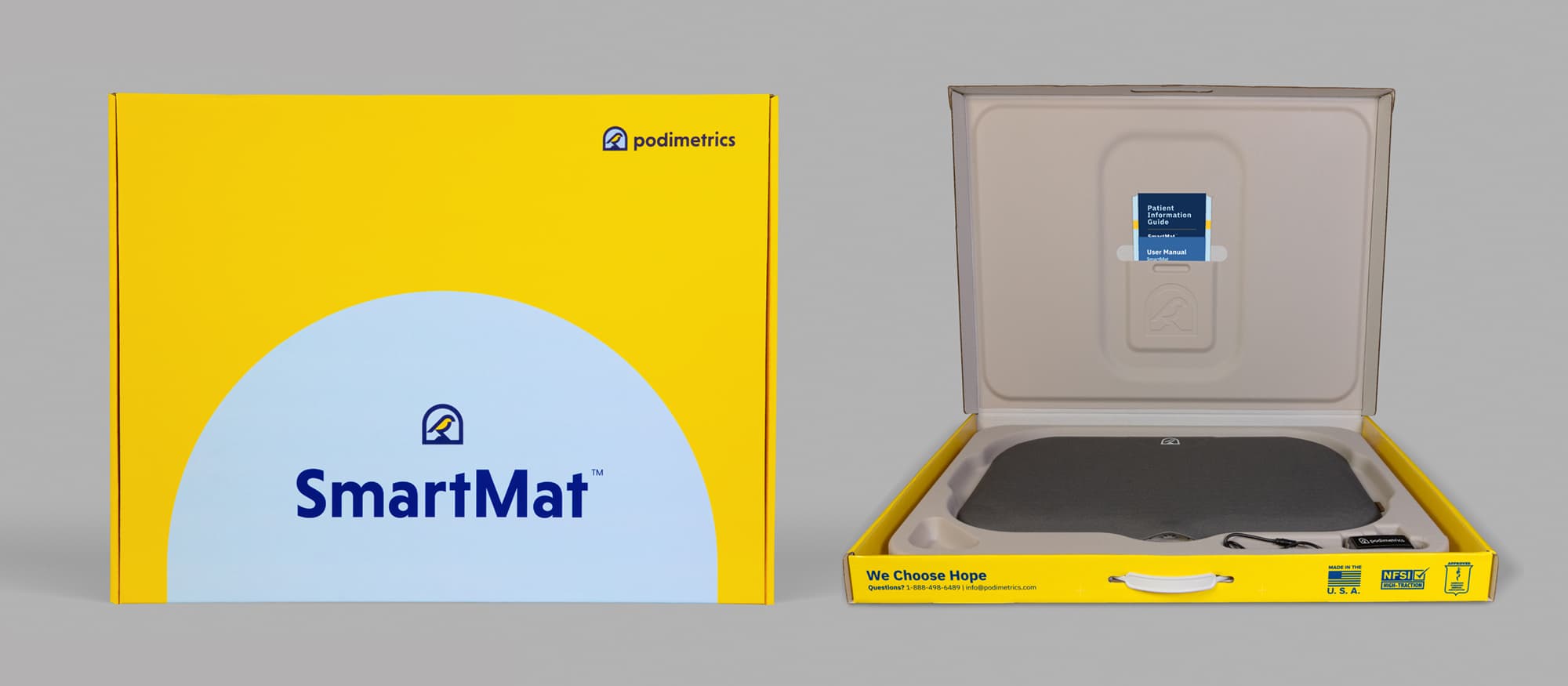The Journey to Patients Goes Through Emotions
In health care, as in life, design is everything. It’s the difference between a website that meets a user’s needs and one that frustrates them. Or, why one medical device gains adherence and why another just gathers dust.
While the user experience (UX) has been on the rise in recent years as a key differentiator in other industries, healthcare lags behind. Sure, healthcare is complex and regulated, but those limitations are what makes a creative challenge so enticing. I’d argue that too often those who design healthcare websites, apps or product packages fail to put themselves in the shoes of their users: patients.
When we think about patients, we often think about them as “consumers” or “customers.” But they are so much more than that. They are people with real problems and anxieties who are navigating a complex system. They need our help. And that’s where patient-centric design comes in. Patient-centric design is all about creating on- and offline experiences that put the patients’ needs first and foremost. It puts their goals at the center of every decision made – from content to functionality to messaging.
You can find multiple case studies showing value from a patient-centered approach. One pharmaceutical company re-imagined its packaging and messaging for a key medication — the size of the bottle opening, label design and overall pack size to accommodate a purse or pocket — and they saw significant improvements in medication compliance because of it.
Beyond academic papers and third-party case studies, our instincts as designers or marketers (heck, as people) tell us patient-centered design is the right thing to do.
So how can you as a brand leader adopt a patient-centric approach? Here are a few key steps:

- Start by understanding your patients. Take the time to research and understand the needs, values, preferences and motivations of your patient.
- With a package design we developed for multi-step psoriasis treatment, Schaefer leveraged patient conversations, secondary research and best practices from consumer packaged goods to identify a simple, clear way to engage the patient in her treatment journey.

- Develop a patient-centric messaging and packaging strategy. Once you have a deep understanding of your patients, develop a strategy that puts their needs and concerns at the center of all marketing and product design decisions.
- For an at-home diabetes diagnostic, Schaefer created a packaging system that was as friendly as the device itself (which was incredibly friendly, by the way!). Knowing the patient profile was one who was less tech-savvy, we scrutinized every step of the unboxing/setup process to ensure everything remained simple, intuitive and frictionless.
- Test and refine your patient-centric approach. You’ve got to test and refine your approach over time. New products, across non-healthcare industries, change our expectations of convenience, accessibility and ease. You should conduct surveys, hold focus groups, or monitor customer service feedback on a regular basis to stay on top of trends.
Bottom line, it’s about humanizing healthcare.
When you think about how your product, messaging or packaging interacts with the patient at each stage of the journey, you demonstrate a commitment to the relationship. It shows you care about the patient and want them to succeed. After all, isn’t that what we all want? Someone in our corner?






